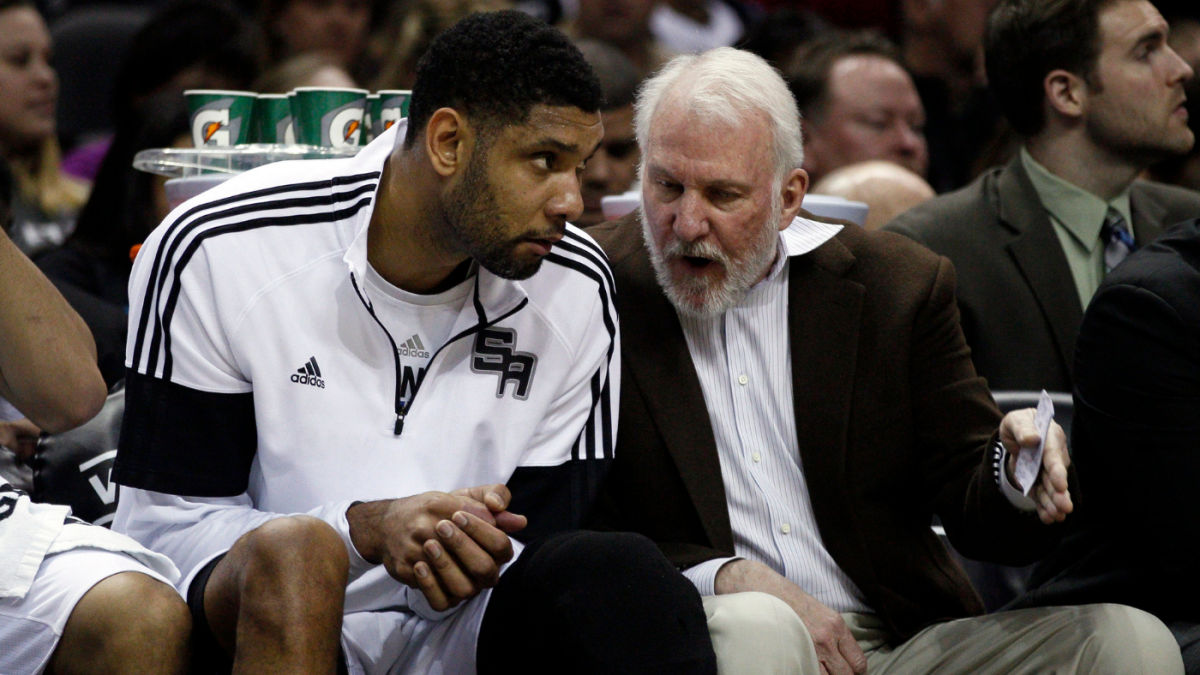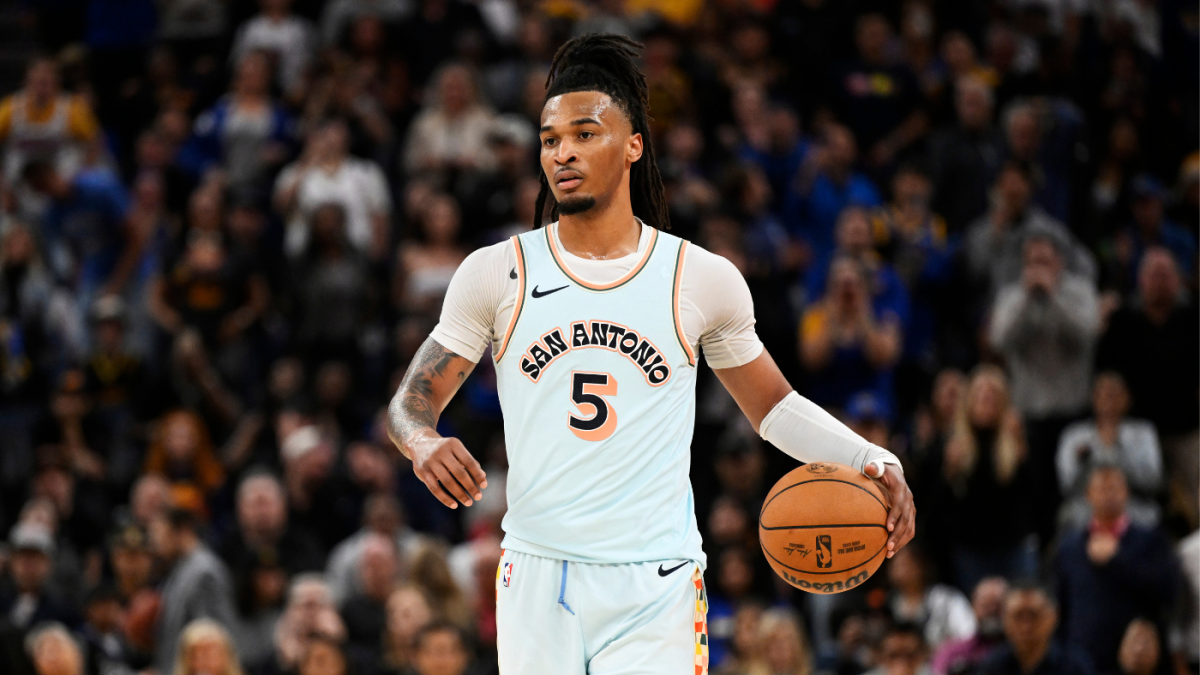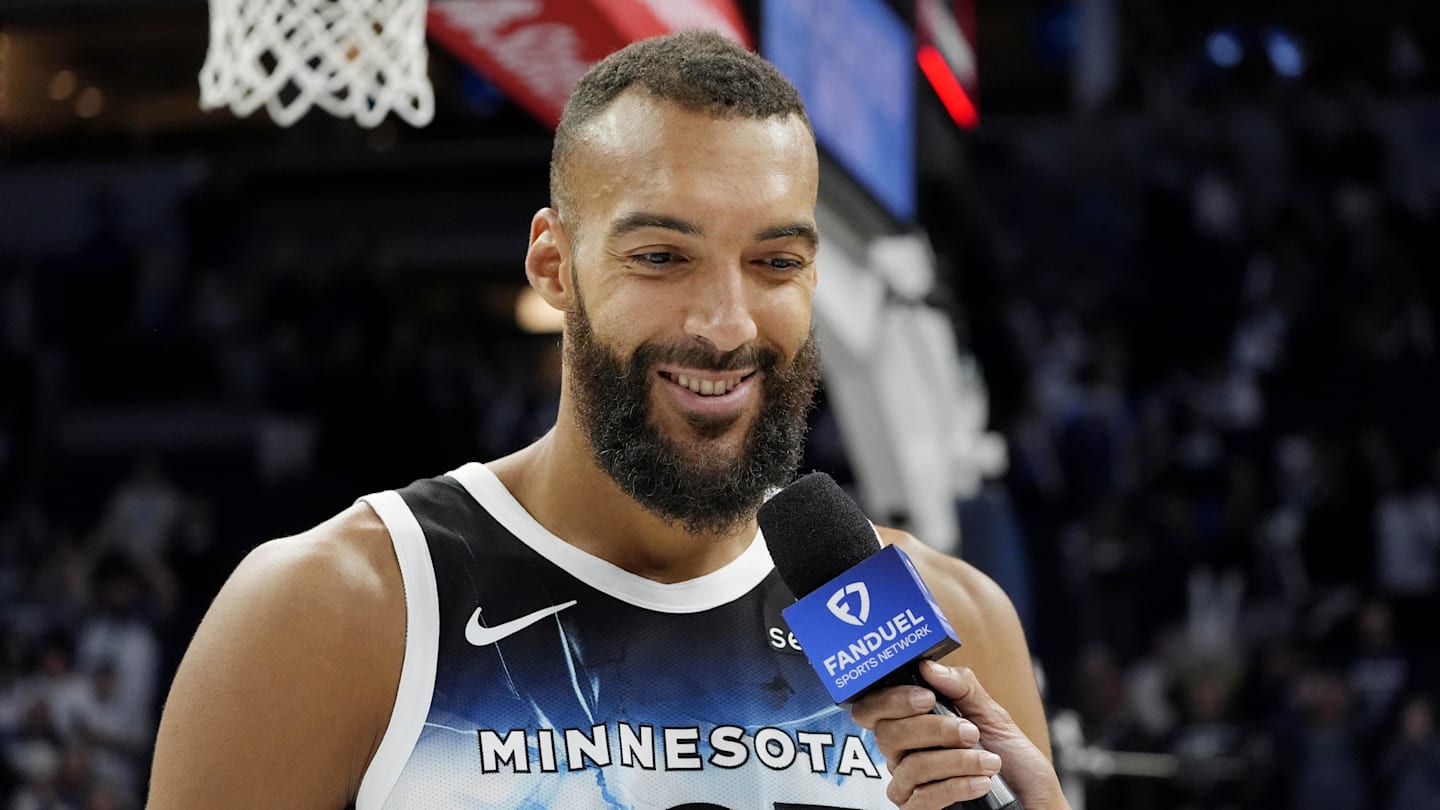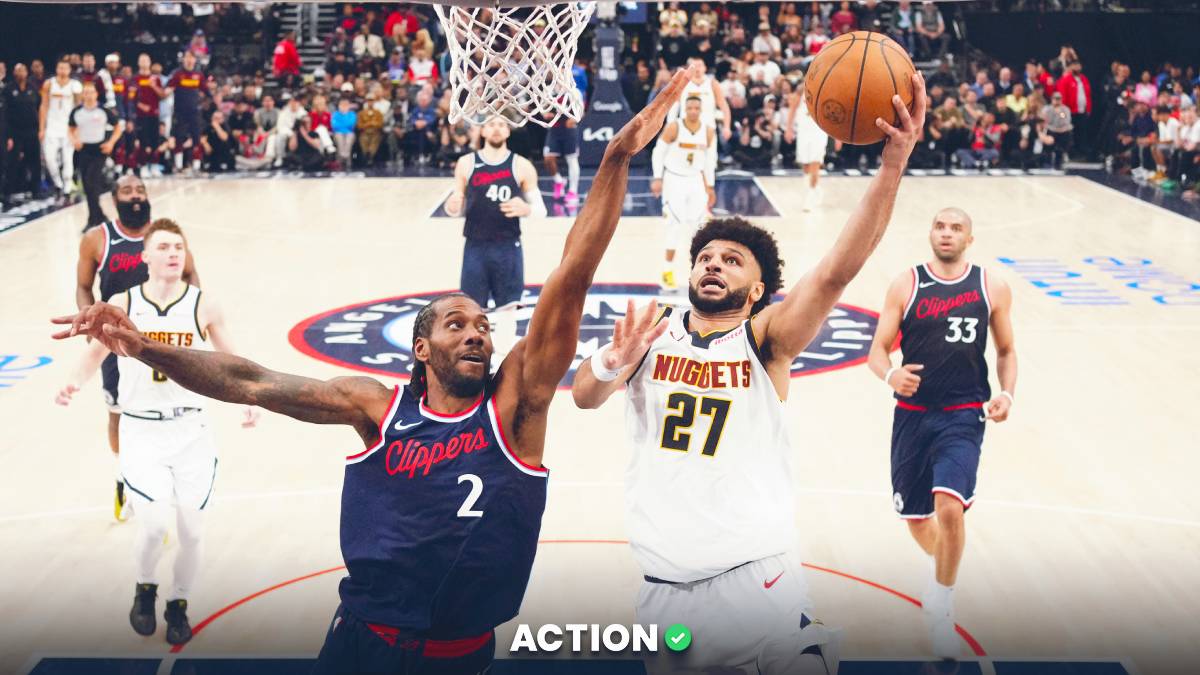
What makes a great basketball coach? If the answer is simply “a coach who wins the most,” then the greatest coach in NBA history is Phil Jackson. The Zen Master has more seasons with a championship (11) than without one (nine).
Is the answer innovation, to advance the art of the sport? If that’s the case, Red Auerbach is probably our pick. He laid the foundation for much of what modern basketball would become during his Boston Celtics dynasty, inventing the concept of the sixth man and pioneering the fast break.
Or maybe a great basketball coach is someone who can win with any kind of players. That would put Pat Riley in the conversation. He led a Showtime Laker dynasty based on speed and finesse before pivoting completely into defense and toughness in New York and Miami. If John Starks hadn’t gone cold in Game 7 of the 1994 NBA Finals, Riley would be the only coach to win championships with three teams.
You can poke holes in any of these cases if you want to. Jackson had Michael Jordan, Kobe Bryant and Shaquille O’Neal, all of whom would have been legends with or without him. Auerbach was first, but that doesn’t mean he was necessarily the best. It’s easier to innovate in an eight-team league still in its infancy. Riley took over a Lakers team that had already won a championship and whose identity had already been established.
Distill coaching down to its essence and the outcomes matter less than the process. The dictionary definition of a coach is “an athletic instructor or trainer.” Coaching is, at its core, teaching. It is taking a player or players and helping them become the best version of themselves, putting them in the best possible position to succeed. And nobody has done a better job of that than Gregg Popovich, who announced Friday he was stepping down as the Spurs head coach after 29 seasons. He certainly coached his fair share of superstars. David Robinson was entrenched in San Antonio when he arrived, and Tim Duncan would have thrived anywhere. But most of his core Spurs weren’t sure things.
Nobody wanted international players when Popovich drafted Tony Parker at the end of the first round and Manu Ginobili at the end of the second. Popovich was ahead of the curve in scouting them, but doesn’t get nearly enough credit for coaching to their strengths. The era of the NBA they entered was defined by slow, plodding offense. Isolation scorers pounding the rock. Anathema to anyone who grew up playing in the wide open style emphasized in FIBA competition. His early Spurs teams lived and died in the post. They would grow into something far more European, whipping the ball around the court at a breakneck pace and routinely turning good shots into great ones.
Parker and Ginobili would have been good on a normal team. They were great on the Spurs, able to feed off of the collective genius they shared with Duncan. By the end, their connection was practically telepathic. Their 2014 Finals run is the famous culmination, the moment in which they shredded LeBron James and star-driven Miami Heat with perhaps the greatest five-game passing display in the history of the sport, but it was only possible through over a decade of give and take, of Popovich embracing what his backcourt could do and molding it within the contours of a practically prehistoric NBA. You don’t get to 2014 without 2002 and 2005 and 2007 coming first. Baby steps became world-record sprints while their contemporaries were still getting comfortable walking.
It relied on the absence of ego, something Popovich either sought in players or successfully managed to teach, but a principle he lived himself. He ceded his offense to his guards and they gave him the beautiful game. Ginobili was at his best with the ball, so he came off of the bench so San Antonio would never be without one of its conductors on the floor. Veterans arrived in San Antonio playing one way and left as completely different players.
Bruce Bowen practically invented the 3-and-D archetype that now defines how sub-star NBA wings are supposed to play, but that wasn’t who he was drafted to be. Bowen attempted only 152 3s in four college seasons. He took more of them when he got to the NBA, but rarely the right ones. In five seasons with the Celtics and Heat, he hovered around 40% of his 3-pointers coming from the corners. In eight Spurs seasons, that figure jumped to 84%. Popovich found his shot and Bowen eagerly took it. How many castoffs found homes in San Antonio doing the same thing? Cleveland waived Danny Green after only a year. The Spurs eagerly scooped him up and had their next 3-and-D maestro.
Kawhi Leonard was this principle working in reverse. The Spurs drafted him at No. 15 hoping he might one day become another Bowen or Green. He had the defensive chops already, but he was a 25% shooter in college. Chip Engelland, now the shooting coach in Oklahoma City and then an assistant for the Spurs, is widely credited with fixing Leonard’s jumper, but Leonard wasn’t a jumper away from stardom at that point. Popovich allowed him room to explore his game on the fly, to grow organically without pigeonholing him into the role he was originally intended to fill. The Spurs steered their players in the right direction but let them change course when appropriate.
His 19-year partnership with Duncan was ultimately the single biggest factor in his success in San Antonio, but everything else he did right flowed out of that union. He never coached Duncan differently than the last player on his bench, empowering them to feel as invested in the team they were building as their MVP while knowing they would be held to the same standard that he was. It created an environment of collaboration and sacrifice, one that allowed every player to find his best self within the context of the team’s best self.
It became almost a running joke where player acquisition was concerned. Do yourself a favor and read draft grades published toward the end of the Duncan-Parker-Ginobili era, because by then, San Antonio’s methods were trusted so implicitly that virtually every pick they made was bemoaned by other teams. “How did we let ______ fall to the Spurs at the end of the first round?” The name hardly mattered. Kyle Anderson. Dejounte Murray. Derrick White. They all vastly outplayed their draft positions because, as everyone knew, the Spurs were better equipped to extract their talent than anyone else. Put a talented player in San Antonio and some degree of success was practically inevitable.
Popovich is the common denominator in all of the players we’ve covered. They’ve played different positions and come from different backgrounds, but all of them had what we likely agree is the best possible version of their career because it was guided by him. This is what separates him from his peers. Jackson will forever be inextricably linked to Jordan. Auerbach to Bill Russell. They certainly have their share of underdog success stories, and such a link between Popovich and Duncan obviously exists as well.
But no coach has ever had a greater track record of helping a wider variety of players from a wider variety of backgrounds and skill sets and positions get the most out of their careers. No coach has ever done a better job of putting his non-stars in a position to succeed than he has. No coach has ever done more for the players that cost his team less than Popovich. Where that puts him on your personal list of the greatest coaches of all time is going to be subjective depending on your definition. But no coach has ever taught the game at a higher level while tailoring his message specifically to the student than Popovich. If that’s what defines a great coach to you, then there’s never been a better one.



